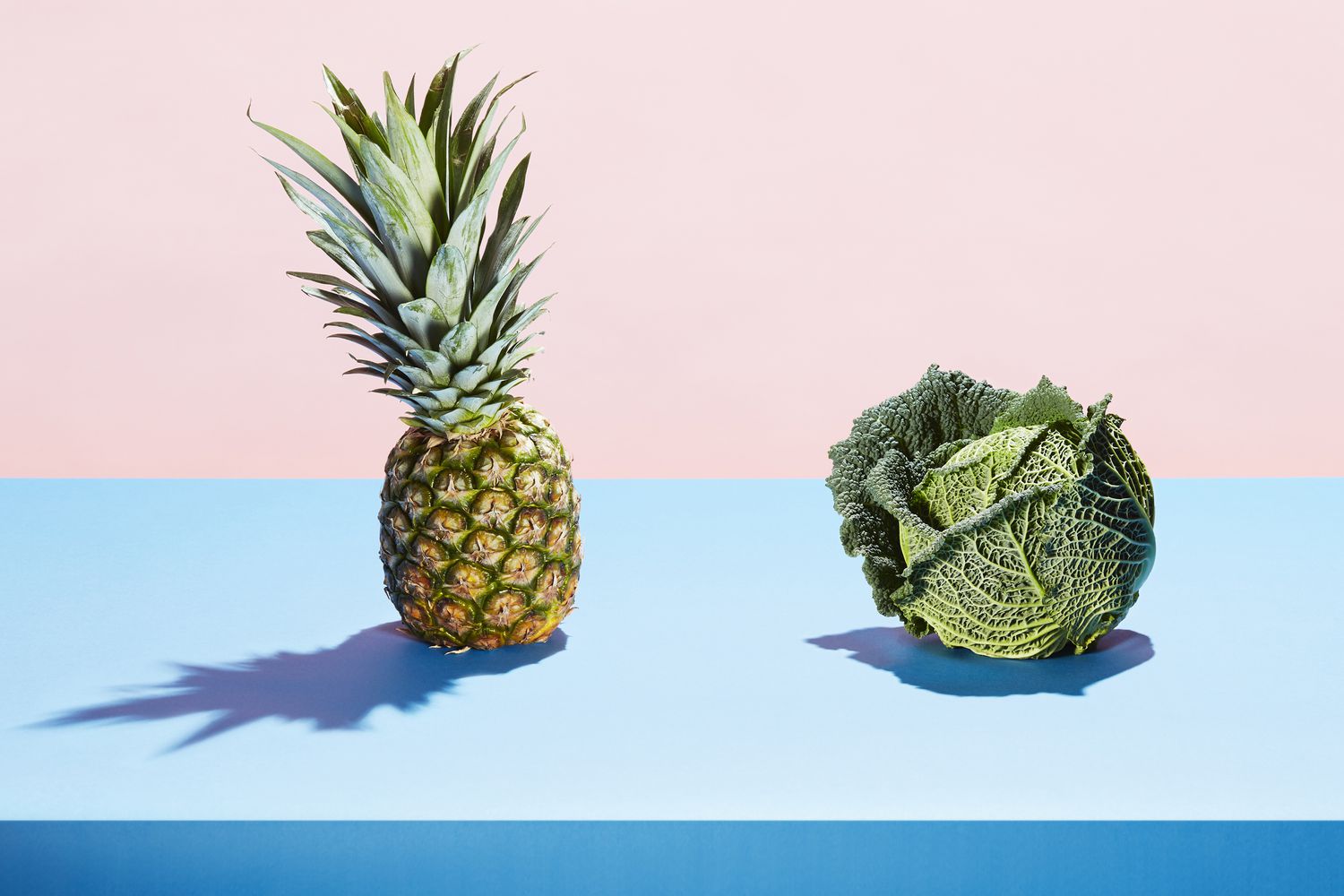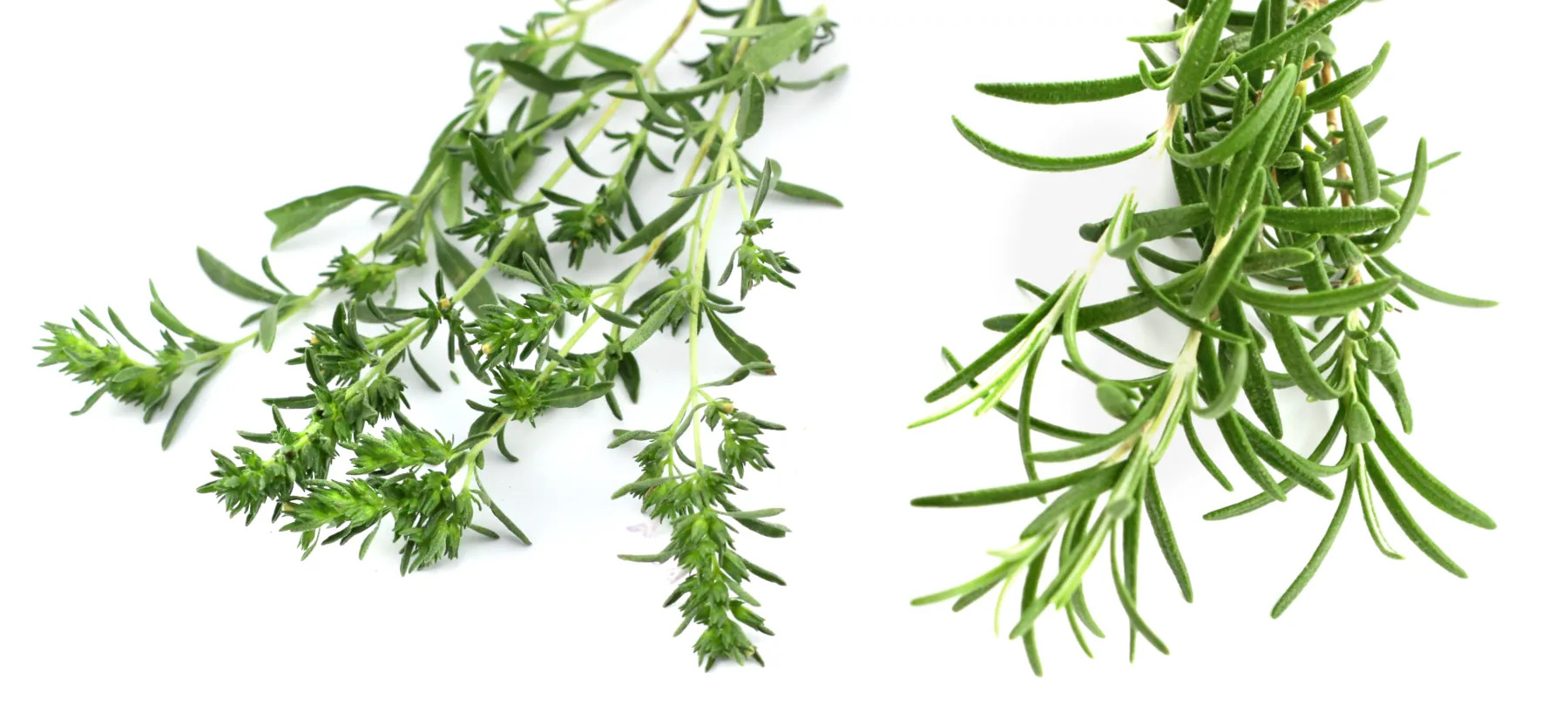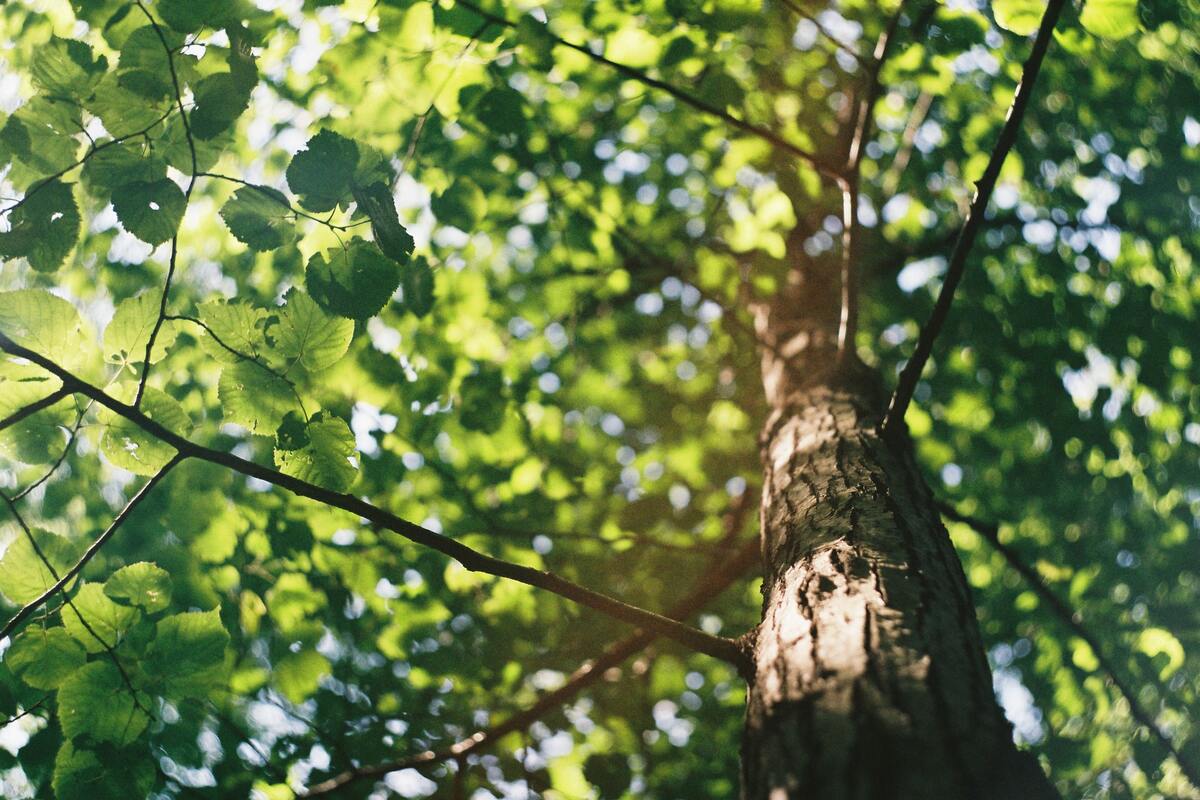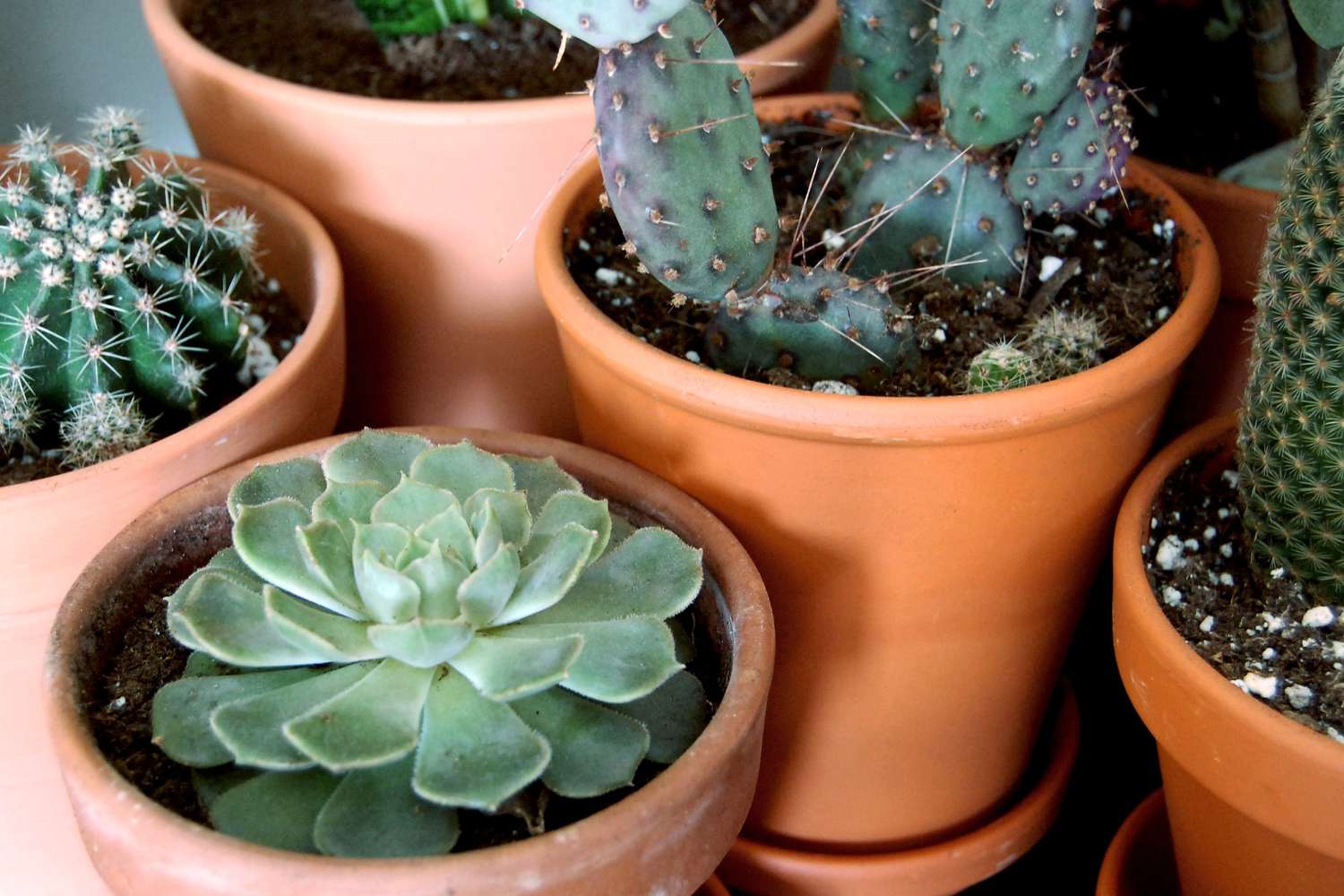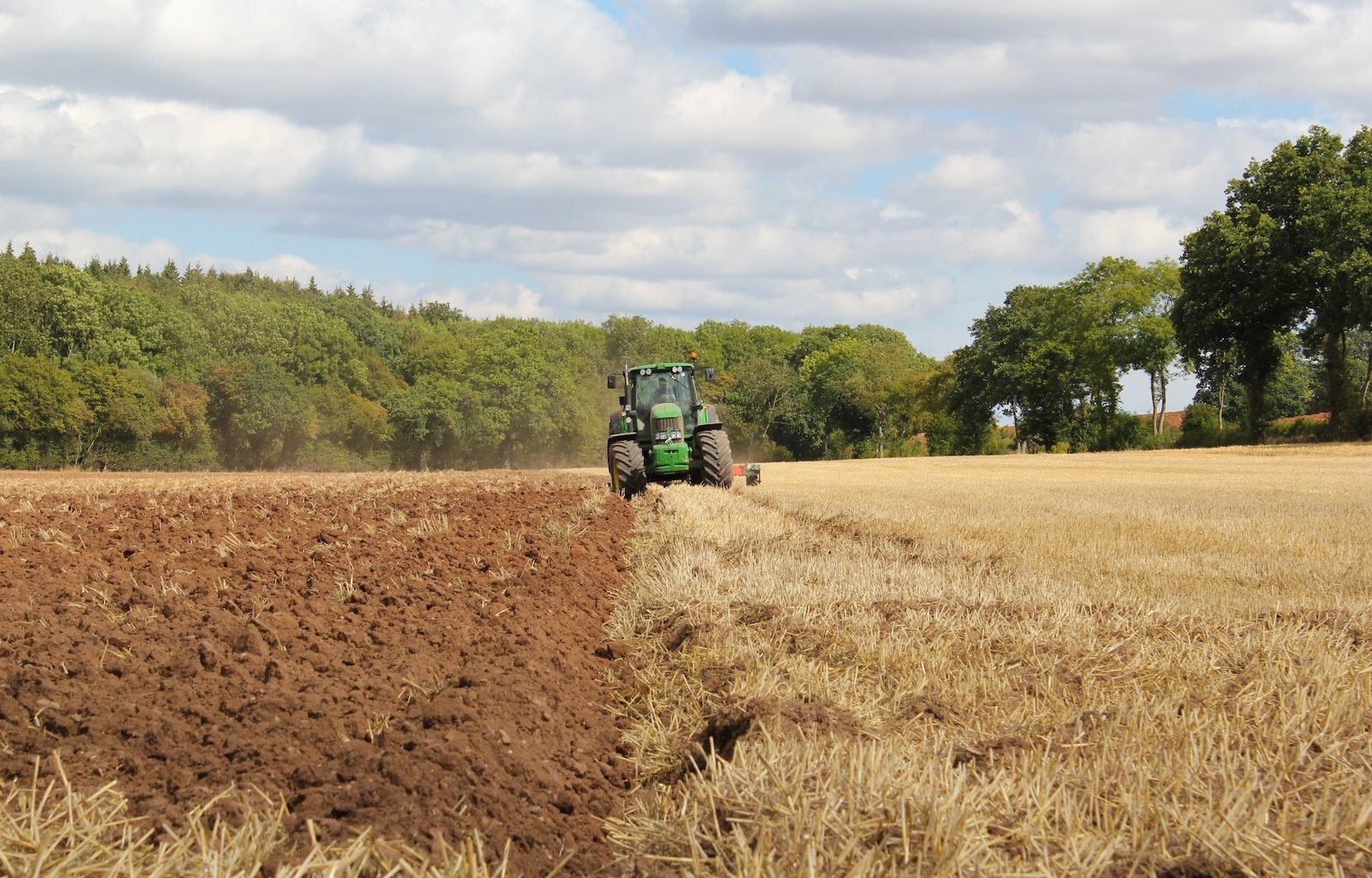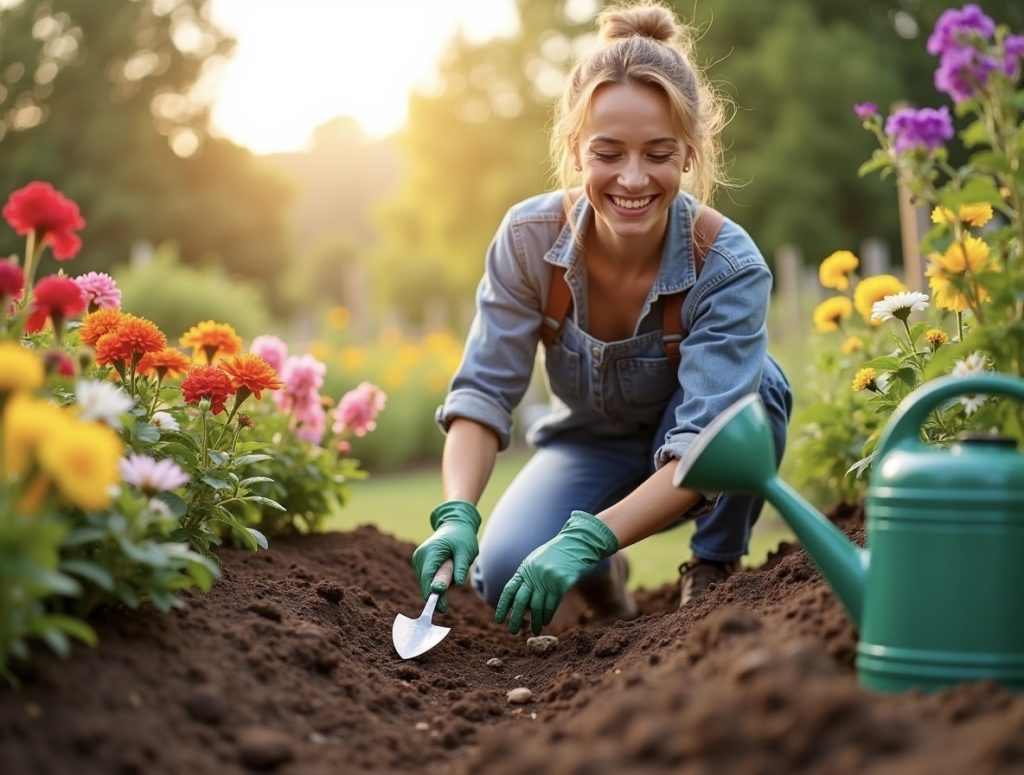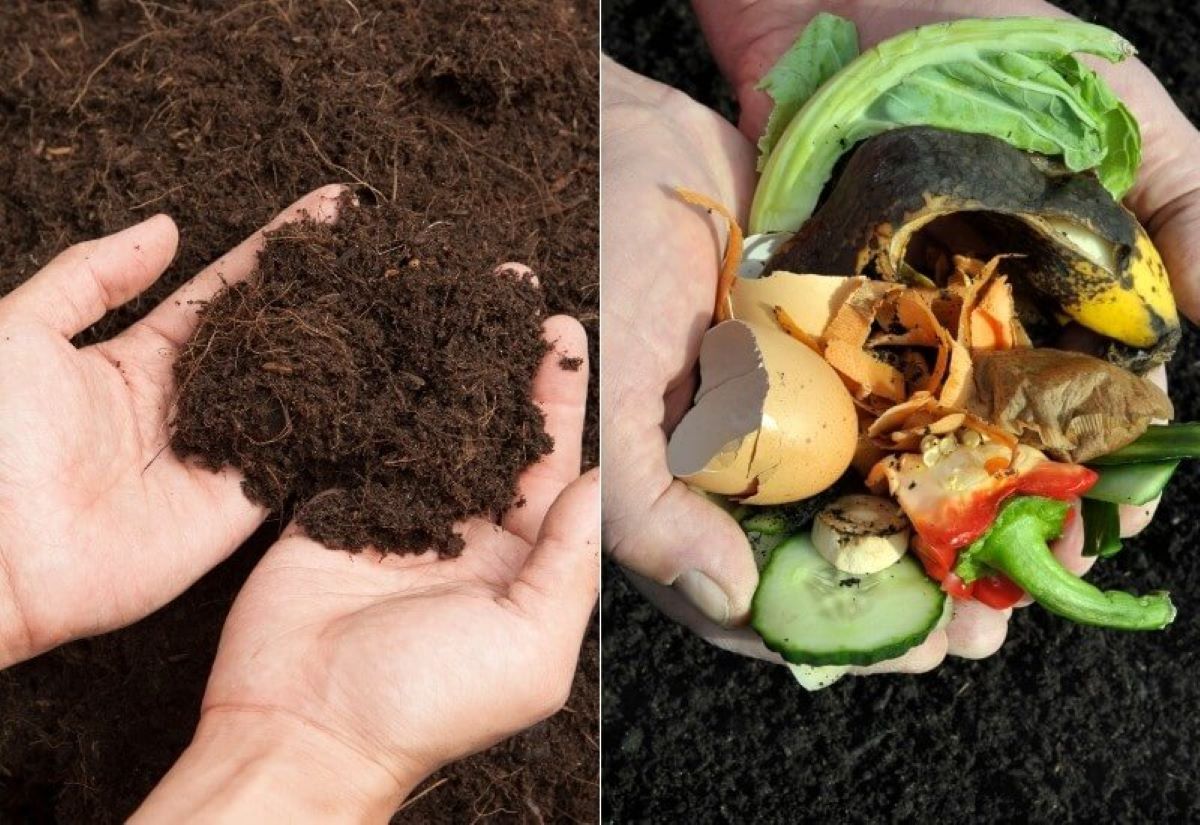Home>Gardening News and Trends>Gardening Trends>What Is The Difference Between Potting Soil And Topsoil


Gardening Trends
What Is The Difference Between Potting Soil And Topsoil
Published: February 9, 2024
Discover the key differences between potting soil and topsoil in gardening trends. Learn which is best for your plants and how to use them effectively.
(Many of the links in this article redirect to a specific reviewed product. Your purchase of these products through affiliate links helps to generate commission for Chicagolandgardening.com, at no extra cost. Learn more)
Table of Contents
Introduction
Understanding the Distinction Between Potting Soil and Topsoil
When it comes to gardening, the choice of soil is a critical factor that directly influences the success of your plants. While both potting soil and topsoil are essential components in gardening, they serve distinct purposes and possess unique characteristics. Understanding the differences between these two types of soil is fundamental to ensuring optimal growth and health for your plants.
Whether you are an experienced gardener or just starting out, navigating the realm of soil options can be overwhelming. However, by delving into the composition, nutrient content, drainage capabilities, and ideal use cases of potting soil and topsoil, you can make informed decisions that will elevate your gardening endeavors to new heights.
In this comprehensive guide, we will delve into the nuances of potting soil and topsoil, shedding light on their individual traits and applications. By the end of this exploration, you will be equipped with the knowledge needed to make the most suitable choice for your specific gardening needs.
Composition and Purpose
Potting soil, often referred to as potting mix, is a specially formulated growing medium designed for container gardening. It is engineered to provide a lightweight and well-aerated environment for plant roots, promoting healthy growth and development. Typically, potting soil consists of a blend of organic matter such as peat moss, compost, or coconut coir, along with inorganic materials like perlite or vermiculite. These components work in harmony to create a balanced environment that facilitates root growth while offering ample support and drainage.
On the other hand, topsoil is the uppermost layer of soil found in natural landscapes, rich in organic matter and essential nutrients. This nutrient-dense soil is teeming with microbial life and serves as the foundation for terrestrial plant growth in the wild. In gardening, topsoil is often used to improve the quality of existing soil, especially in outdoor planting beds and landscaping projects. Its composition typically includes a mixture of sand, silt, and clay, providing a fertile base for plants to thrive.
The purpose of potting soil is to create an optimal environment for potted plants, ensuring that they receive the necessary support, aeration, and drainage within a confined space. Conversely, topsoil serves as a foundational layer for outdoor planting, offering a nutrient-rich medium for plants to establish strong root systems and access vital nutrients.
Understanding the distinct compositions and purposes of potting soil and topsoil is essential for selecting the right soil type based on your specific gardening needs. Whether you are nurturing plants in containers or tending to a garden bed, the unique attributes of each soil type play a pivotal role in fostering healthy and vibrant plant life.
Nutrient Content
When it comes to the nutrient content of potting soil and topsoil, these two soil types offer distinct advantages tailored to different gardening applications.
Potting soil is engineered to provide a balanced and controlled environment for container gardening. As such, it often contains a rich blend of organic matter, including compost, peat moss, and other natural additives. This organic composition contributes to the soil’s ability to retain moisture and essential nutrients, fostering an environment conducive to healthy root development and overall plant growth. Additionally, many commercially available potting soils are enriched with specific nutrients, such as nitrogen, phosphorus, and potassium, to cater to the needs of a wide range of potted plants.
On the other hand, topsoil naturally boasts a diverse array of nutrients, thanks to its organic-rich composition and microbial activity. This nutrient density makes topsoil an ideal choice for enriching existing garden beds and providing a fertile foundation for outdoor plants. Its naturally occurring nutrients, including vital minerals and organic matter, contribute to the overall health and vigor of plants grown in outdoor settings.
Understanding the nutrient content of potting soil and topsoil is integral to making informed decisions about which soil type best aligns with your specific gardening objectives. Whether you seek to establish a thriving container garden or revitalize outdoor planting areas, the nutrient profiles of these soil types play a crucial role in nurturing robust and flourishing plant life.
Drainage and Water Retention
The drainage and water retention properties of potting soil and topsoil are pivotal factors that directly impact the health and vitality of plants in different growing environments.
Potting soil is specifically engineered to provide optimal drainage for container gardening. Its lightweight composition, often incorporating materials like perlite and vermiculite, facilitates efficient water drainage, preventing waterlogged conditions that can be detrimental to potted plants. Simultaneously, potting soil possesses excellent water retention capabilities, ensuring that plant roots have consistent access to moisture without the risk of oversaturation. This balance is crucial for maintaining the ideal moisture levels necessary for healthy root development and overall plant growth in containers.
Conversely, topsoil exhibits varying drainage and water retention characteristics based on its composition and environmental factors. In outdoor settings, topsoil’s drainage capabilities are influenced by the soil’s texture, with sandy soils offering better drainage than those with higher clay content. While topsoil generally provides adequate drainage for plants in outdoor beds, its water retention capacity may fluctuate based on environmental conditions and the specific makeup of the soil.
Understanding the distinct drainage and water retention properties of potting soil and topsoil is crucial for selecting the most suitable soil type based on your gardening requirements. Whether you are cultivating plants in containers or tending to outdoor gardens, the ability of the soil to effectively drain excess water while retaining essential moisture is essential for promoting healthy and thriving plant life.
Use Cases
The diverse use cases of potting soil and topsoil cater to distinct gardening scenarios, offering tailored solutions for cultivating healthy and vibrant plant life.
Potting soil is specifically designed for container gardening, making it an ideal choice for potted plants, indoor containers, hanging baskets, and raised beds. Its lightweight composition and superior drainage properties create an optimal environment for potted plants, ensuring that roots receive adequate aeration and moisture. Additionally, potting soil’s nutrient-rich formulation provides essential support for the growth and development of a wide variety of plants, making it a versatile option for indoor and outdoor container gardening projects.
On the other hand, topsoil finds its primary use in outdoor planting beds, landscaping projects, and enriching existing garden soil. Whether you are establishing new garden beds, replenishing depleted soil, or enhancing the quality of outdoor planting areas, topsoil serves as a foundational medium for promoting robust plant growth. Its nutrient-dense composition and natural fertility make it an invaluable resource for outdoor gardening endeavors, providing a fertile substrate for a wide array of plants to thrive.
Understanding the distinct use cases of potting soil and topsoil is essential for selecting the most suitable soil type based on your gardening objectives. Whether you are embarking on container gardening ventures or revitalizing outdoor planting spaces, the unique attributes and applications of these soil types play a crucial role in fostering healthy and flourishing plant life.
Conclusion
As we conclude our exploration of potting soil and topsoil, it becomes evident that these two soil types offer distinct advantages and are tailored to specific gardening applications. Potting soil, with its lightweight composition, superior drainage, and nutrient-rich formulation, is well-suited for container gardening, providing an optimal environment for potted plants to thrive. On the other hand, topsoil, renowned for its nutrient density and foundational role in outdoor planting, serves as a fertile medium for establishing robust plant growth in garden beds and landscaping projects.
By understanding the unique compositions, purposes, nutrient content, drainage capabilities, and use cases of potting soil and topsoil, gardeners can make informed decisions when selecting the most suitable soil type for their specific gardening needs. Whether nurturing plants in containers or tending to outdoor planting areas, the right choice of soil is instrumental in fostering healthy, vibrant, and flourishing plant life.
Ultimately, the distinction between potting soil and topsoil underscores the importance of leveraging the inherent qualities of each soil type to create optimal growing conditions for plants. Armed with this knowledge, gardeners can embark on their gardening endeavors with confidence, knowing that they have chosen the most fitting soil type to support the health and vitality of their cherished plants.
